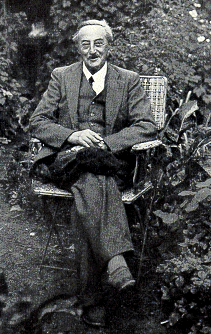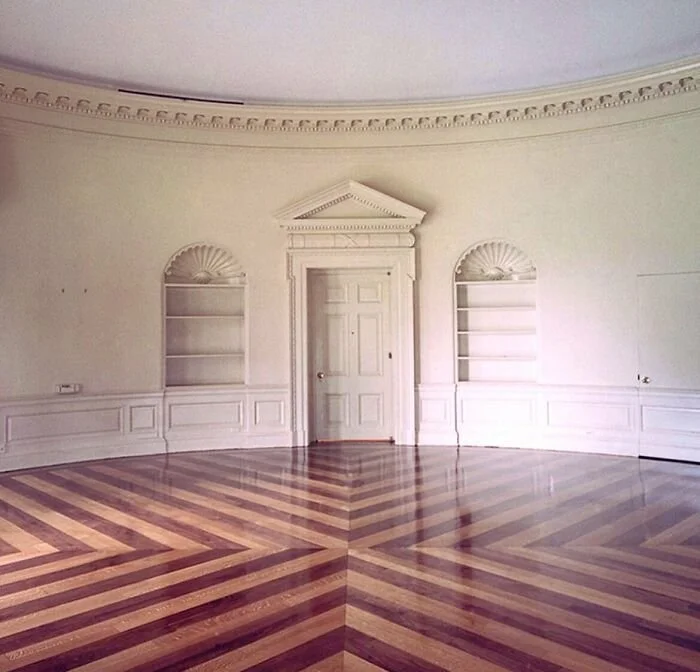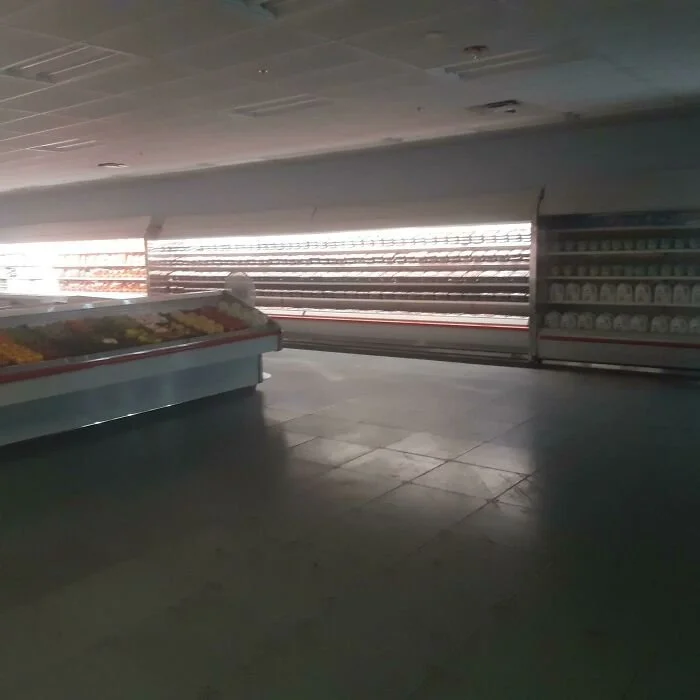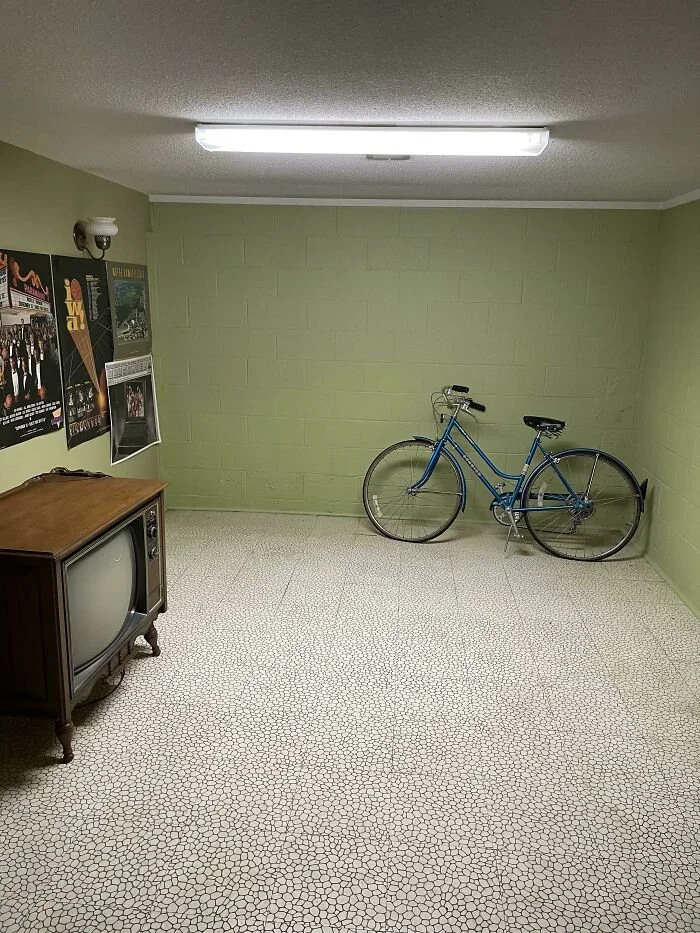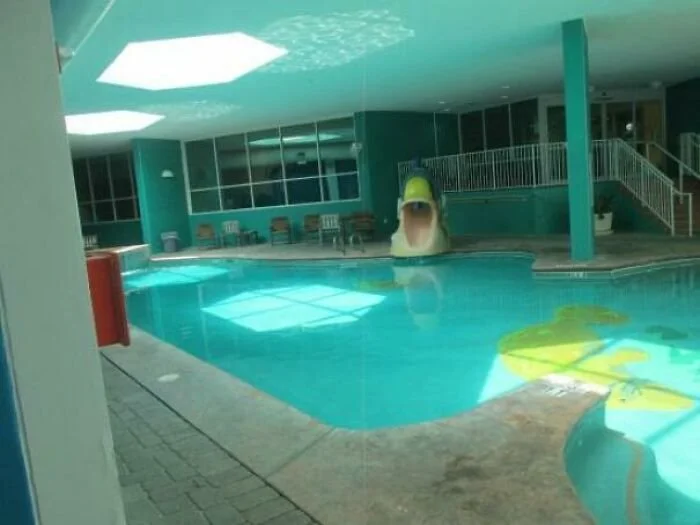Liminal Spaces and…Why Are We Still Stuck?
This is a message that I delivered to West Hills Friends on Sunday April 16, 2023. If you’d like to listen to the audio of this message, it is linked below. Just click on the orange play button.
On Tuesday I had a meeting with someone who is quite active in our yearly meeting. During our time together I heard them describe the struggle of our yearly meeting to find its footing, for the difficult meetings that have happened where competing visions of how to help this organization thrive go toe to toe. There are people who feel a deep need to preserve and protect, and others who see the need to innovate and challenge. And all of these people get together on a Zoom call and try to figure it all out.
It seems, more often than not, that these types of meetings descend into despair. Relationships start to crack, and over time, folks begin to distance themselves.
Over the last twelve years, there have been several examples of this in my work both on the yearly meeting level and here at West Hills. But, once we started coming back together following the height of the pandemic, I noticed that the number of these contentious conversations increasing. In fact, it often feels as if ALL of our work together as the Church is currently steeped in this frustrating, and confusing haze.
On Wednesday of this week, I happened to find myself bumping into thinkers who are attempting to make sense of this stage of life we are in collectively, right now. Because, it is not just Quakers in the Pacific Northwest who seem to find themselves entwined in this maddening culture, but almost every community, industry, and organization appear to be facing this. It feels as if bemoaning supply chain issues, or labor shortages have replaced talking about the weather as our go to small talk topics.
Arnold van Gennep
Ethnography is the scientific description of the customs of individual people and cultures. One of the worlds most famous ethnographers was Arnold van Gennep who is best known for his work studying and defining rites of passage ceremonies and their importance on human culture. Some of van Gennep’s findings are steeped in presumptions of patriarchy and rigid gender roles. So, I lift his voice up with caution, not endorsing huge sections of his findings. And yet, his observation about the stages of rites of passage may prove to be remarkably helpful for those of us trying to find our way in 2023.
van Gennep’s observations suggest three stages to rites of passage rituals. They are separation, liminality, and incorporation. Here is a summary of the movements of these stages, “The first phase (of separation) comprises symbolic behavior signifying the detachment of the individual or group ... from an earlier fixed to point in the social structure. There is often a detachment or "cutting away" from the former self in this phase, which is signified in symbolic actions and rituals. For example, the cutting of the hair for a person who has just joined the army. He or she is "cutting away" the former self: the civilian.
The transition (liminal) phase is the period between stages, during which one has left one place or state but has not yet entered or joined the next. "The attributes of liminality or of liminal personae ("threshold people") are necessarily ambiguous.”
In the third phase (reaggregation or incorporation) the passage is consummated [by] the ritual subject.” Having completed the rite and assumed their "new" identity, one re-enters society with one's new status. Re-incorporation is characterized by elaborate rituals and ceremonies, like debutant balls and college graduation, and by outward symbols of new ties: thus "in rites of incorporation there is widespread use of the 'sacred bond', the 'sacred cord', the knot, and of analogous forms such as the belt, the ring, the bracelet and the crown.”
The other night, my eleven-year-old son and I were watching some videos online together and during one of them he said, “man, that is like, so liminal.” I paused the video and looked at him confused. “What in the world did you just say?” He rolled his eyes like a child embarrassed by their parent’s lack of knowledge of the current slang. He said, “It is like a vibe, you know, like a place that feels both a bit weird but also good, you know?”
I didn’t at first, but we ended up searching for videos that showed this “liminal vibe.” I was instantly fascinated that this is a part of adolescent culture right now. I want to show you some images as an example of this. Many of the images are of abandoned malls, or hallways void of human activity. They are images that feel oddly eerie and yet comforting. Nostalgia is at play, images of a former life, perhaps in its innocent simplicity, but always a reminder of something that used to be, of a bygone time.
Why are our young people so interested in liminality? Could it be that we are in the second stage of a mass rite of passage for all of humanity? These are young people who experienced the shock of school happening on a computer on their kitchen table, of seeing their parents wiping their groceries with bleach-soaked wipes. They experienced an intense and all-encompassing shift in what was, to a liminal space of confusion, where school buildings sat, literally vacant for more than a year.
Think of the way the conversation around gender identity has blossomed so beautifully in our world. Young people are not as afraid of this liminal space as we might be, acknowledging that the gender binaries are far too restrictive for their lived experiences in their bodies. They are, themselves, living in this liminal space of what was, and what is coming, and each time I hear adults dismissing their journey I hear in their words a longing to prematurely move us out of liminal space, and often, sadly, backward. Young people know there is no backward.
Last Sunday we acknowledged, via a play, people who were in liminal or in-between places in their lives. A hipster losing their coolness, a health nut discovering their efforts weren’t enough to keep them from high cholesterol, a wealthy man realizing he is now broke, Peter struggling against the reality of Jesus’s crucifixion and with it any promise of him having a cushy place in a palace.
Photo by simon wood on Unsplash
Do we have a more profound symbol of liminality than the tomb that Jesus lay in? Imagine the pain and confusion for the followers of Jesus on the Friday night after he was executed. They, themselves, were propelled, unwillingly into a liminal space. They had to be confused, disoriented, and longing for the days in which the streets were filled with people shouting Hosanna!
In the play, Jesus invites each of the characters to walk through the empty tomb into a new life. This, in itself, is a symbol of the rite of passage ritual.
When I met with our Quaker Friend, frustrated by the dysfunction and confusion of our yearly meeting, I began to wonder about the collective rite of passage we as a society are going through. And, I wondered if naming that we are still in this liminal space would be of comfort to us. The things we are trying aren’t working. We are frustrated by a lack of progress, of things returning to some sense of normalcy. But, maybe the giant rock in front of the tomb has yet to be rolled back for us. Maybe we are still needing more time to mourn what used to be, to say goodbye to the comforts of the past. Maybe we are not quite ready, yet, to walk through to the other side of liminality because our hearts aren’t yet clear.
What I think is needed more than ever is profound grace for the collective grieving the human community is still doing. We cannot, and probably should not so quickly move past the horrific reality that nearly 7 million humans died from Covid-19. We want to move on, especially those of us who’ve struggled to remain whole during our time of separation. But we are attempting to move out of liminality by using the same methods of the past, and they aren’t working, and thus we are invited back into liminality…having not yet completed the transformation process.
I feel, in my own body, a ticking clock. At our business meeting last month, we heard that our financial giving was drastically lower than anticipated for 2022. If this trend remains the same in 2023, we will need to pull from our general fund to keep the doors open. When I hear that I feel this surge to fix it. To figure it out. How could I not? The food I put on my table for my family is intertwined with the sustainability of this community.
I want this all to be figured out as soon as possible. I want solid ground under my feet. But, perhaps the most solid ground we can find right now is to see what stage of our collective rite of passage we are in. Things are still inherently unclear and confusing, and yet we keep on trying. I wonder if we can transform our worry by accepting the place we are in, while actively seeking out the transformation that is coming, holding our expectations loosely, and keeping in mind that our bodies, hearts, and souls may still be reacting to the pain of separation that echoes still in our hearts? I wonder…
